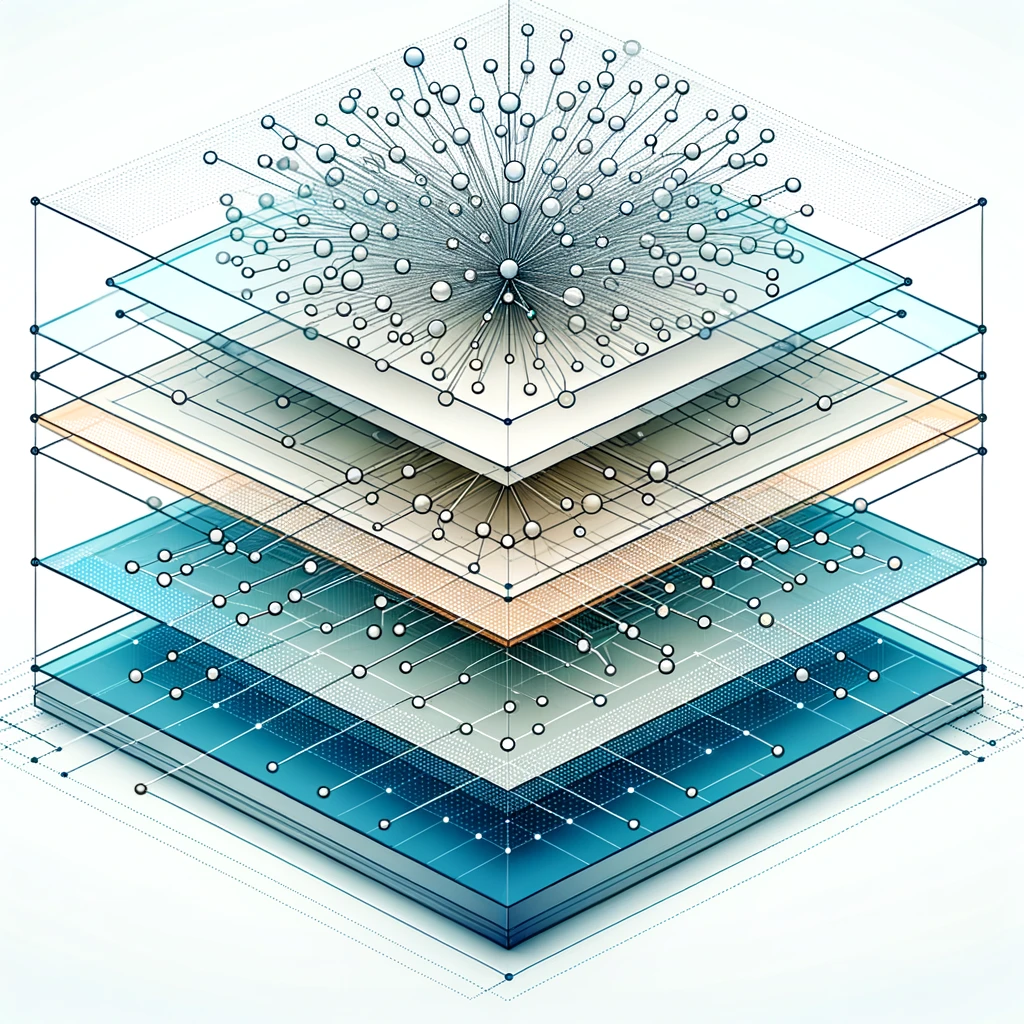What is Netmapping?
"Net-Map is an interview-based mapping tool that helps people understand, visualize, discuss, and improve situations in which many different actors influence outcomes. By creating Influence Network Maps, individuals and groups can clarify their own view of a situation, foster discussion, and develop a strategic approach to their networking activities. More specifically, Net-Map helps players to determine what actors are involved in a given network, how they are linked, how influential they are, and what their goals are." (Schiffer, 2007)
